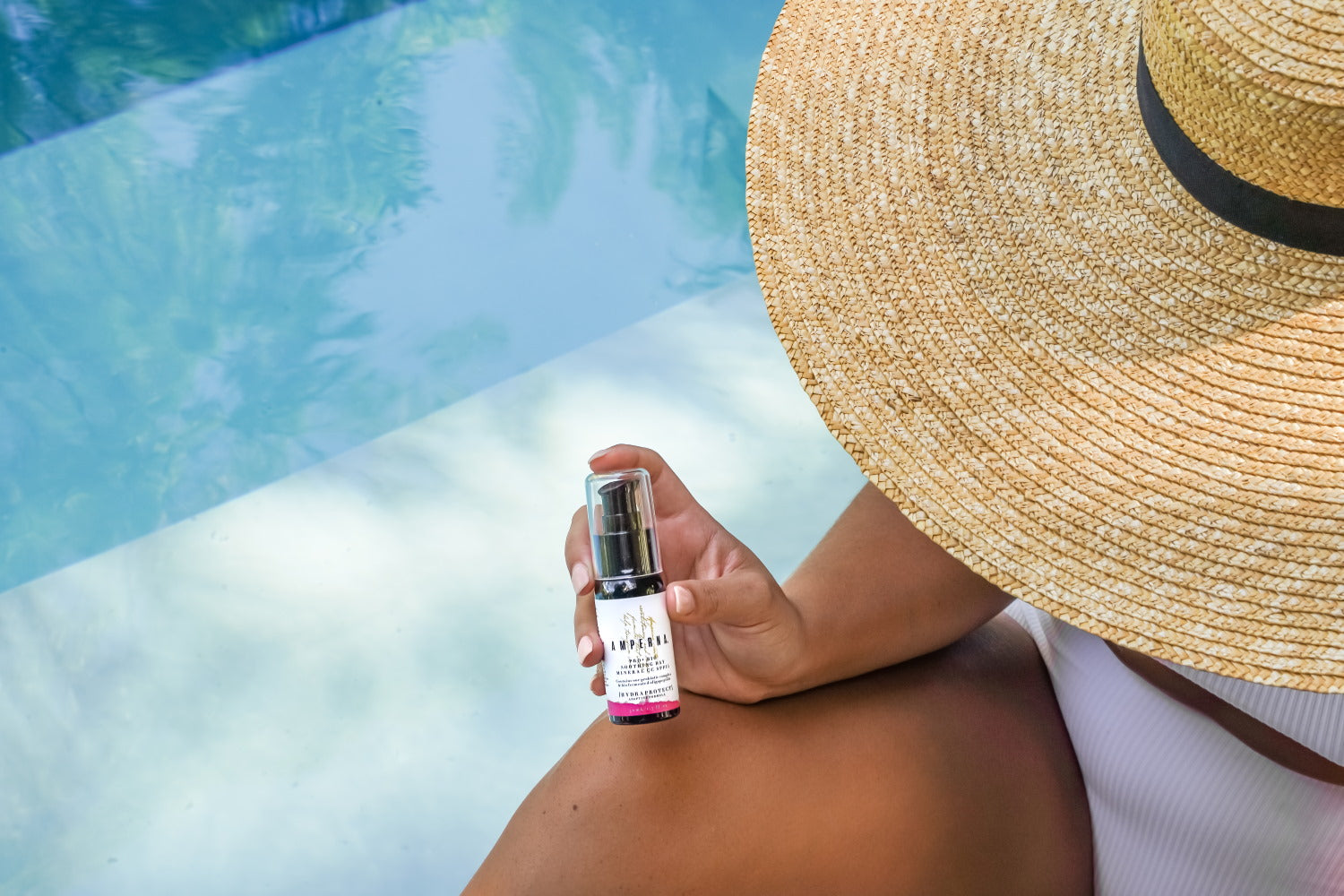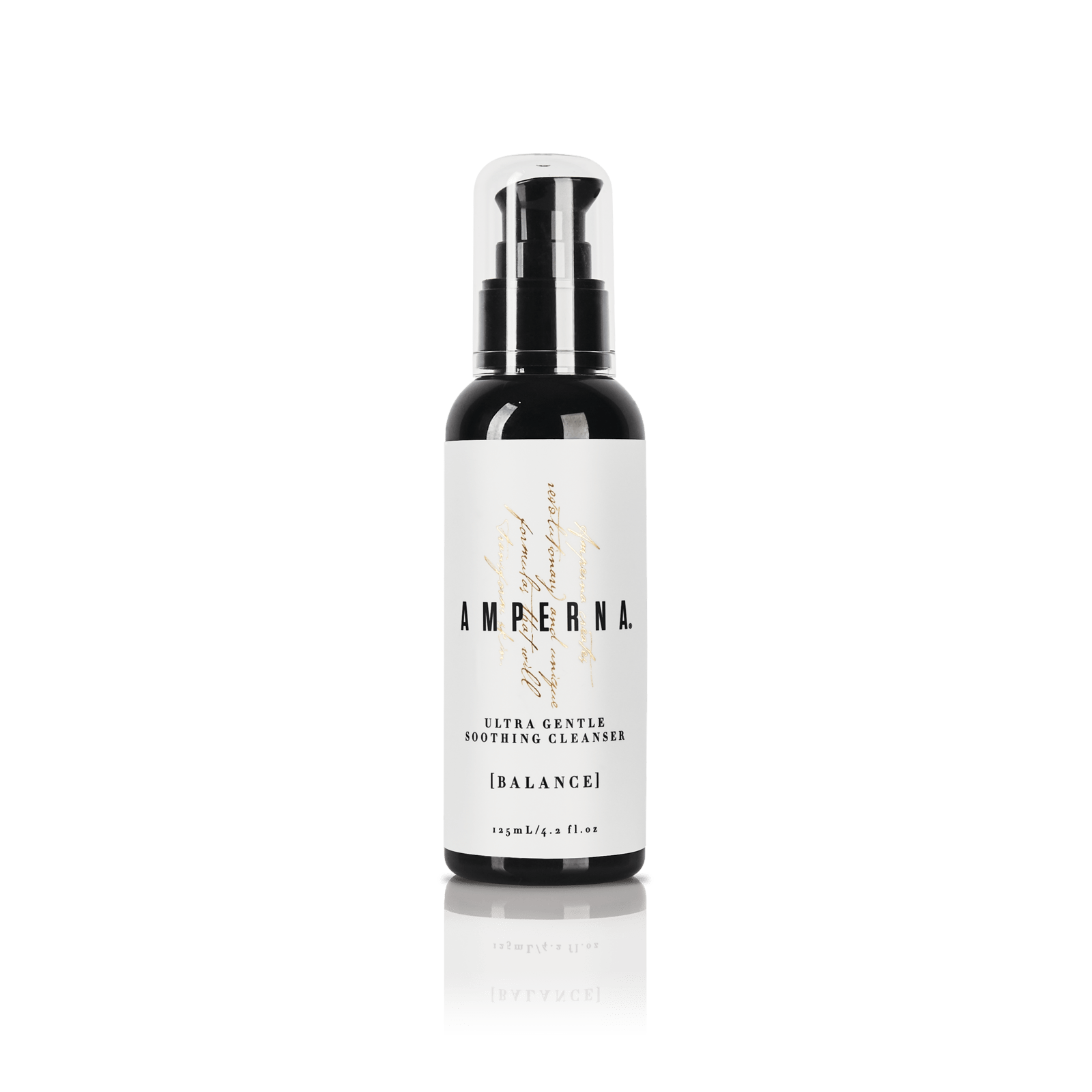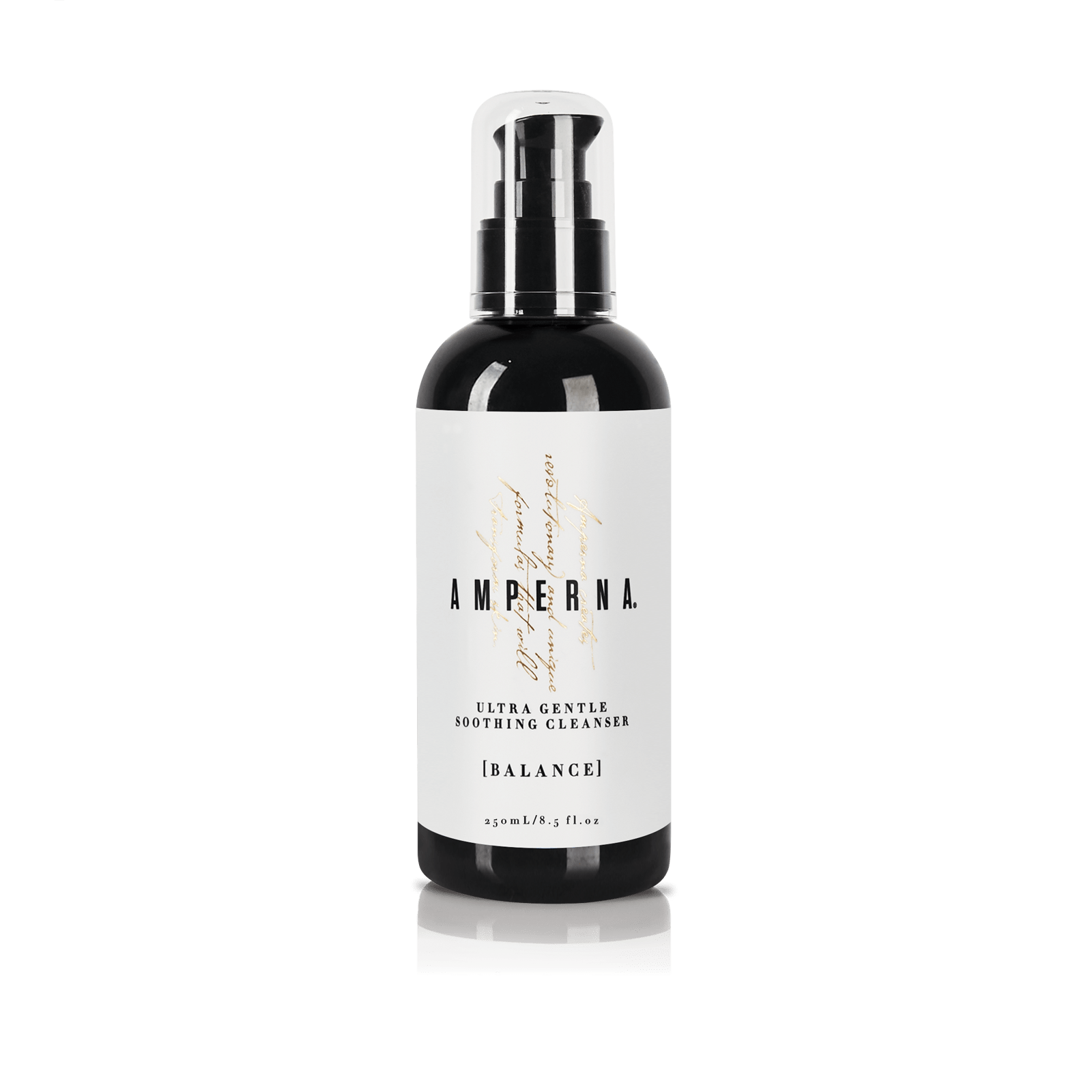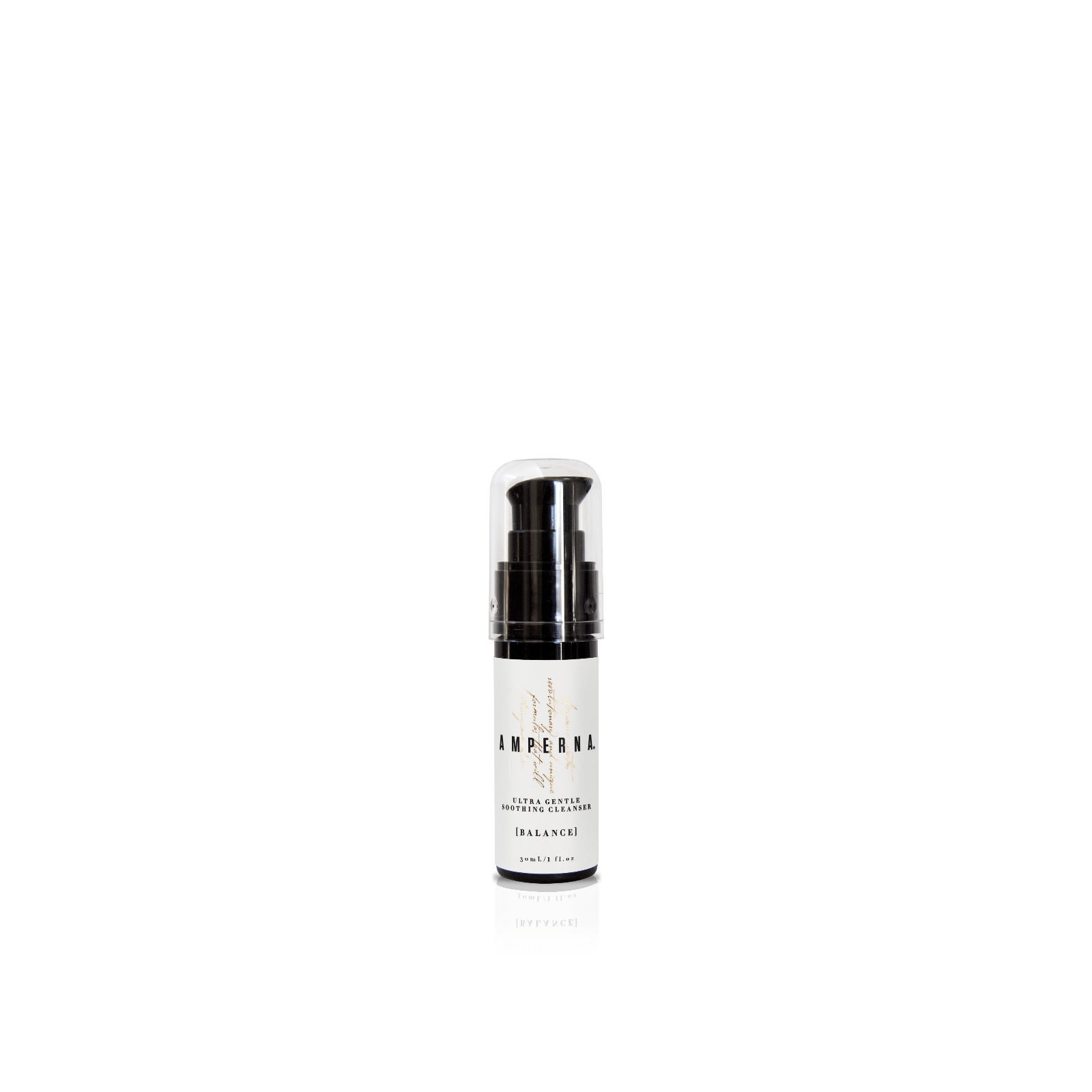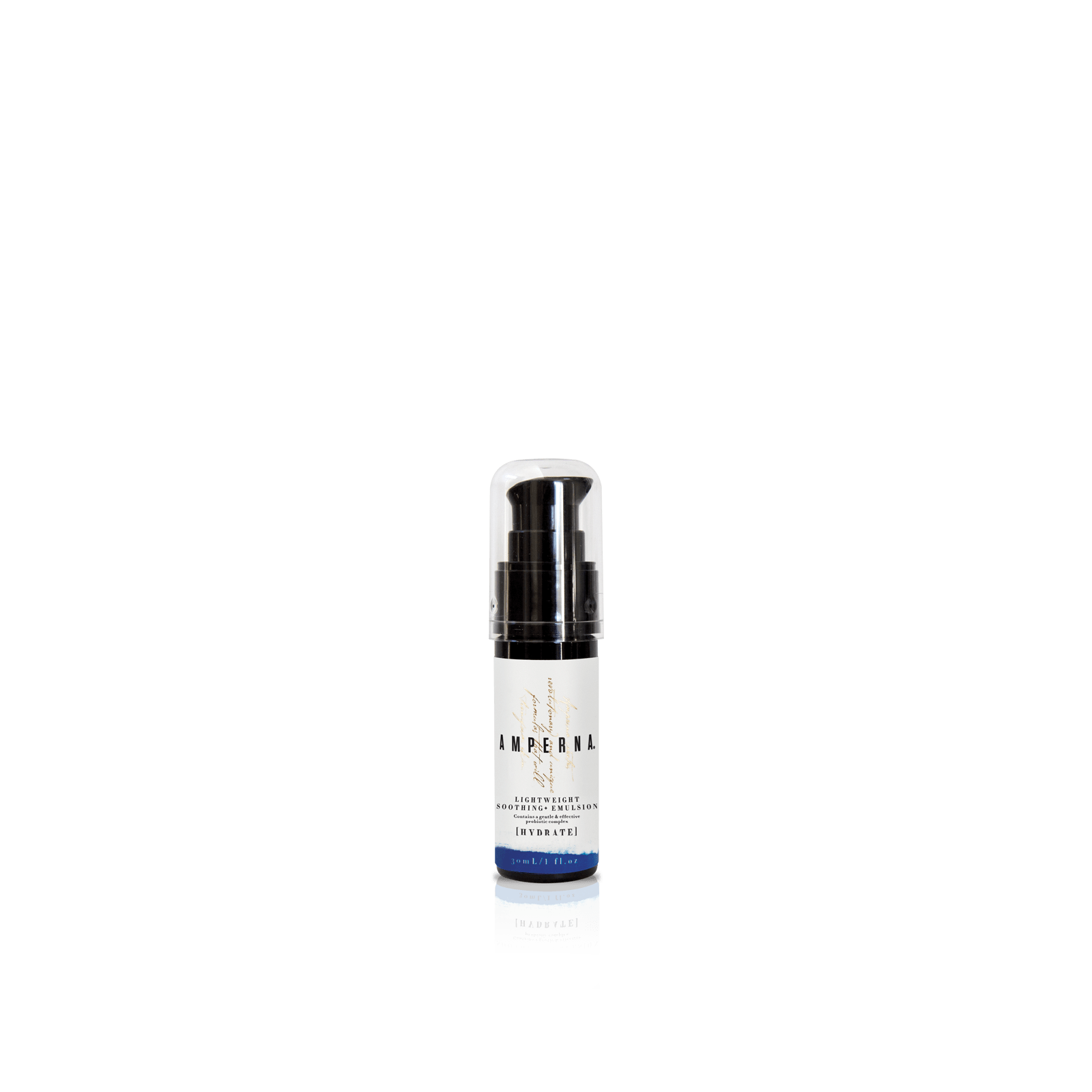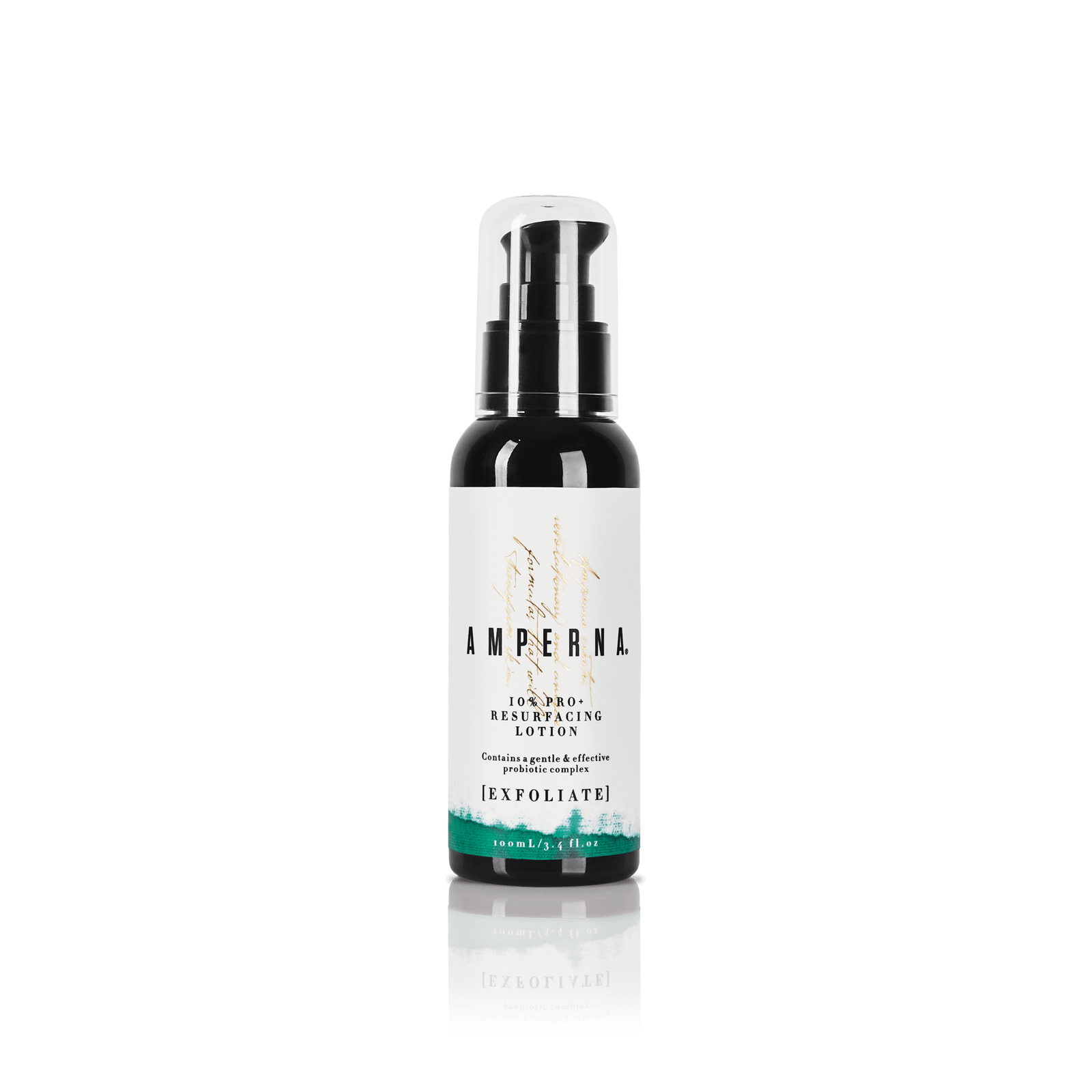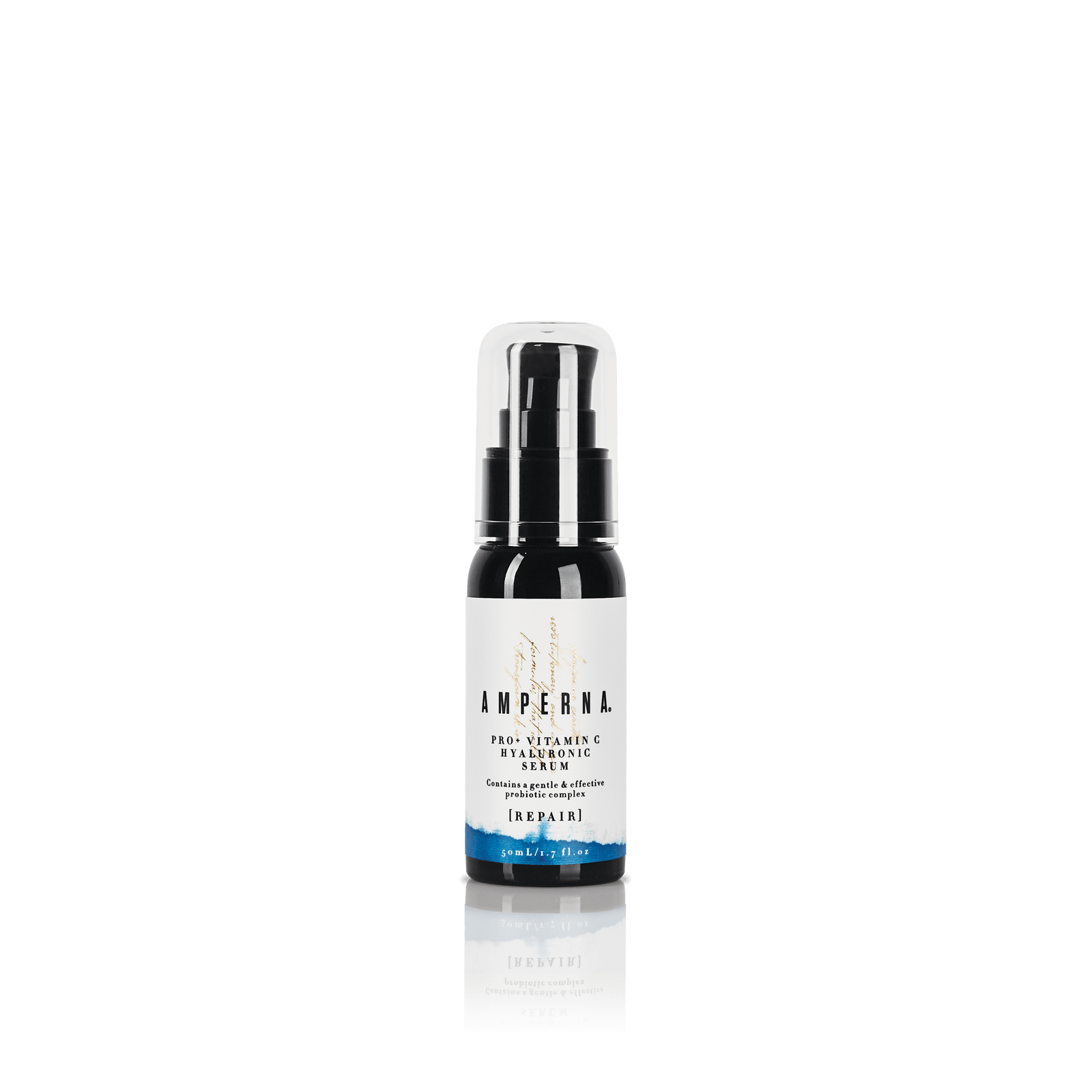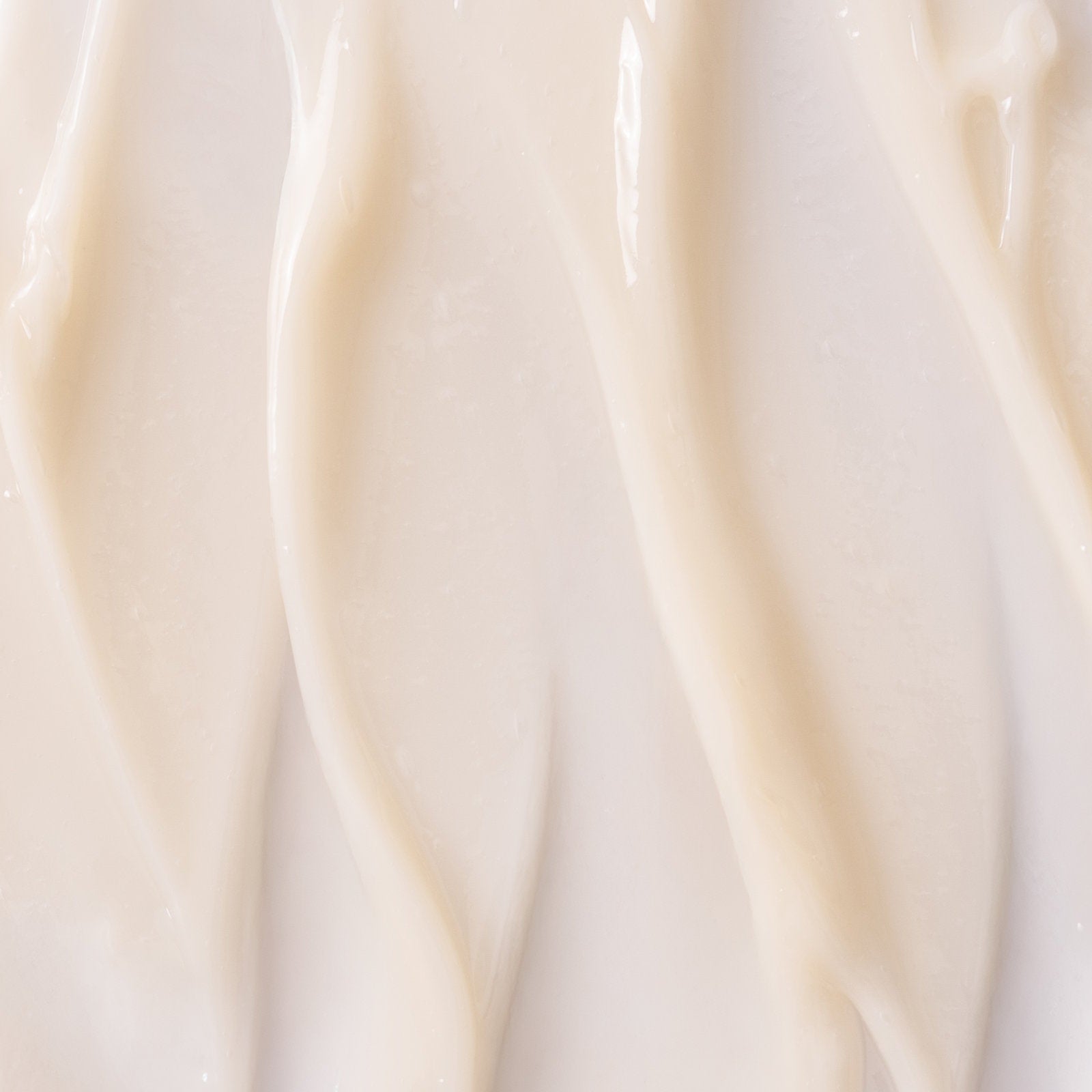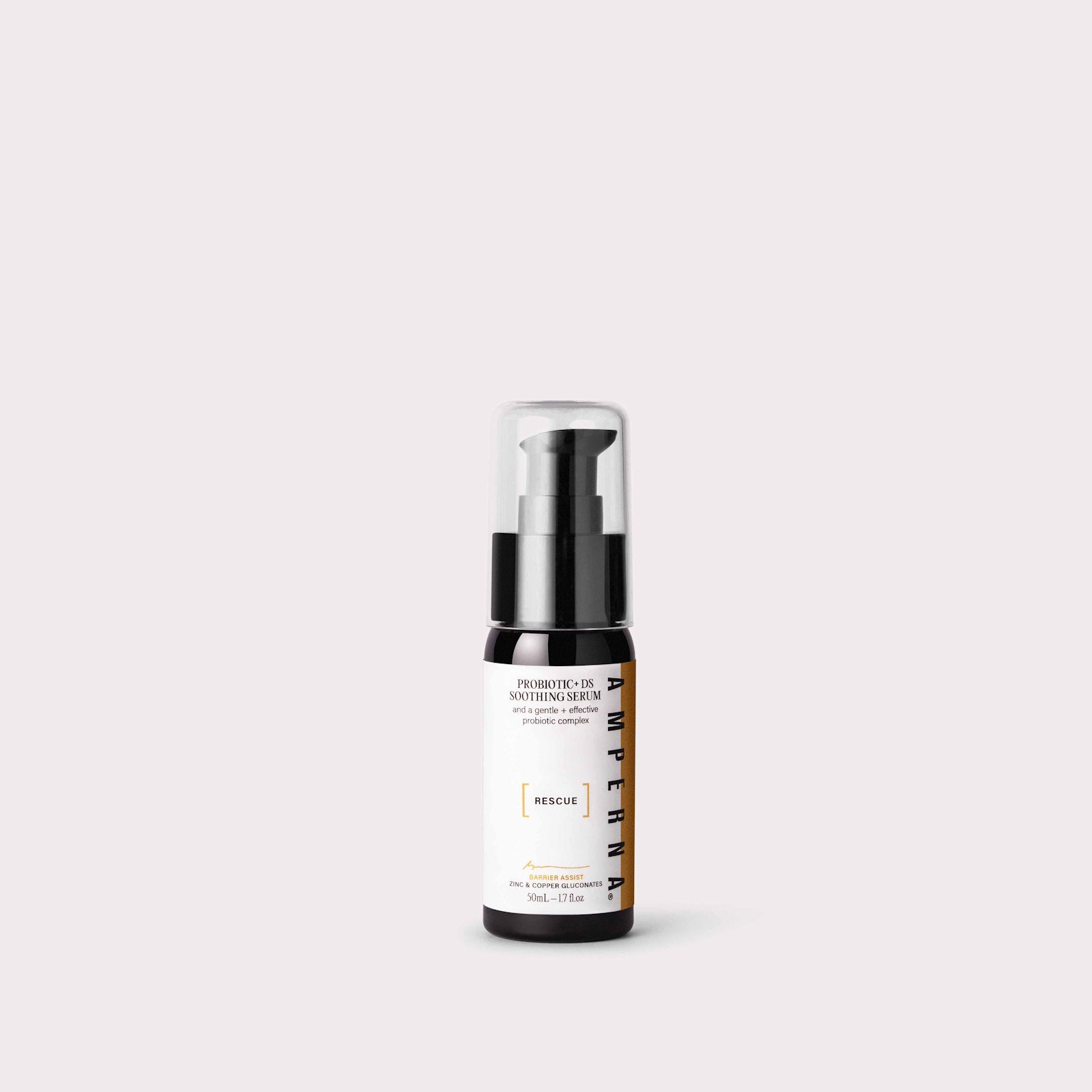A growing body of research has explored the relationship between diet and the appearance of skin. For example, in the article “The Role of Dietary Intervention in Skin Disease” by Rajani Katta, MD, and Samir P. Desai, MD, the authors discuss studies that suggest certain dietary patterns—such as those with high glycaemic loads or dairy—may be associated with the way the skin presents. While individual responses may vary, these discussions offer insight into how nutrition can play a role in general skin wellness.
AMPERNA® founder Kiri Yanchenko shares that her personal skincare journey involved looking at how food made her skin feel and appear. She found that adjusting her eating habits helped her feel more balanced overall and influenced her skincare choices:
“I learned what foods I felt better on and focused on those. For example, I chose to avoid certain ingredients like chilli or dairy when I noticed they made my skin feel more reactive. This experience also guided how I thought about formulating AMPERNA® products—keeping things gentle and minimal.”
Some experts advocate for what’s known as an anti-inflammatory diet, which can be aligned with general wellness goals. In his overview, Dr. Gary Kaplan from the Kaplan Center for Integrative Medicine outlines some commonly recommended food choices, including:
- High-fibre intake (e.g., fruits, vegetables, whole grains)
- Foods rich in omega-3 fatty acids (like walnuts and cold-water fish)
- Minimising intake of refined sugars and trans fats
- Choosing nourishing snacks and hydration-supportive foods
If you're curious to learn more, publications like Prevention (“25 Best Foods for Your Skin”) and Byrdie (“7-Day Meal Plan”) provide food-for-thought about how everyday choices might support a healthy appearance.
As always, what works for one person might not suit another. We encourage you to explore what feels right for your body, and when needed, consult a health professional before making major dietary changes.

